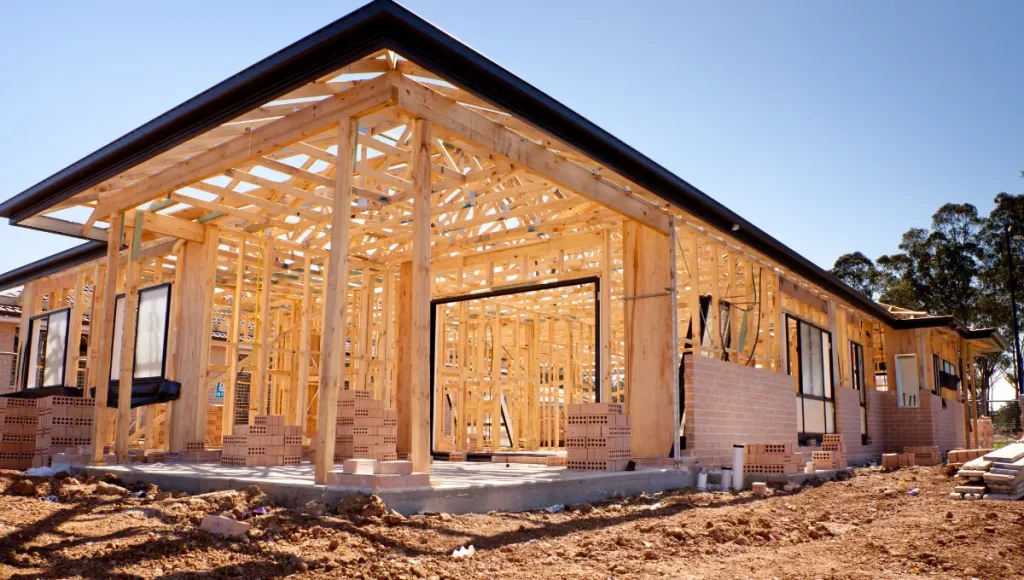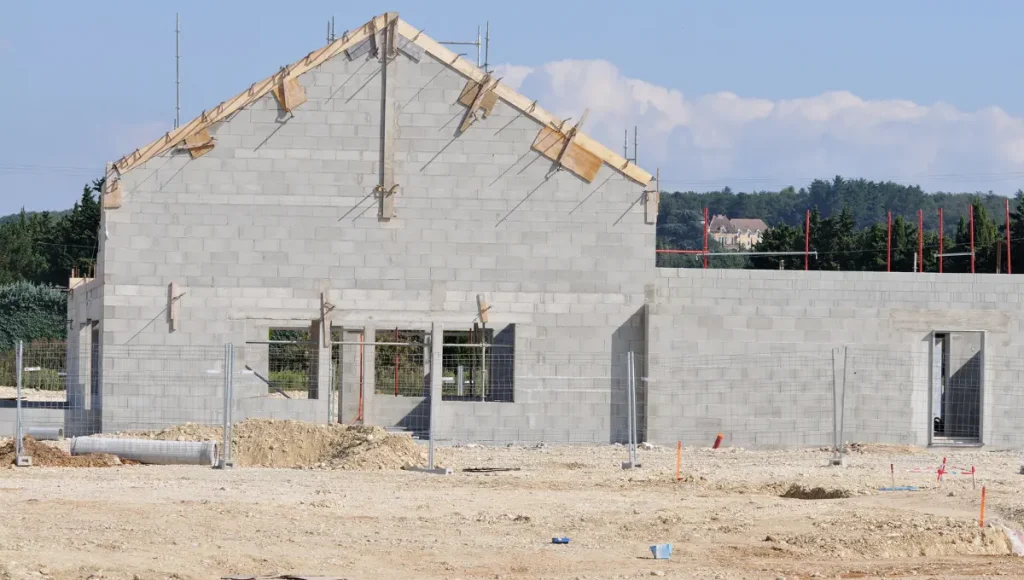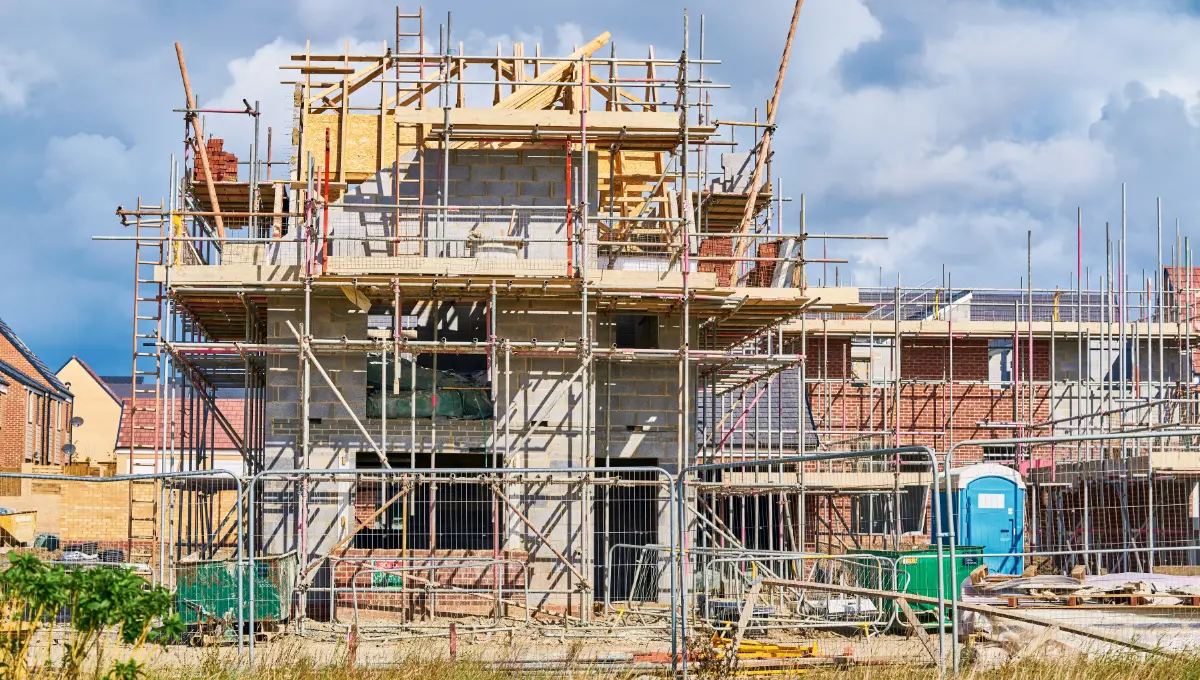Super built-up area reveals the extent of a piece of property that is on the market for purchase and sales. It includes the carpet area and the proportionate share of the intermediate and upper floors and corridors. In this blog, we will discuss what is super built-up area, how it is computed at and why it is so important in real estate business.
What is Super Built-up Area?
The Super Built-up Area refers to the total area of a property, including the carpet area (usable area within the apartment) and the proportionate share of common areas such as corridors, staircases, lobbies, elevators, and amenities like the clubhouse or garden.
What’s Included in Super Built-Up Area?

1. Carpet Area: The living area of the apartment is measured from the internal walls of the rooms. It excludes the external walls, common areas, and private balconies or terraces.
2. Common Areas: This includes reception areas, corridors, staircases, lifts/escalators and hallways. These include shared spaces in the building or development. They, like clubhouses, pools, and other fun facilities, are also part of this category.
3. Balconies and Terraces: They are limited to the living area. They are an essential part of the building.
4. Wall Thickness: The size occupied by the internal and external walls of the apartment.
How to Calculate Super Built-up Area?
So, the super built-up area is the carpet area plus the additional area. The additional area is the share of the open areas for common use.
Formula to calculate the super built-up area is:
Super Built-up Area = Built-up Area + Proportionate Share of Common Areas
- In this scenario, lets consider the super built-up area is 1,500 square feet, which represents a 25% increase over the 1,200 square feet carpet area.
- Consider two apartments on the same floor: Apartment A covers 1,000 square feet in built-up area, while Apartment B spans 2,000 square feet.
- The total common area for the floor is 1,500 square feet.
- The developer uses the apartments’ built-up area ratio (1:2) to divide the common area. This is how they find each apartment’s super built-up area.
- Consequently, Apartment A gains an additional 500 square feet of common area, and Apartment B receives 1,000 square feet.
- Thus, Apartment A’s super built-up area is 1,500 square feet. It has 1,000 square feet of built-up area and 500 square feet of common area.
- Apartment B’s area is 3,000 square feet. It has 2,000 square feet of built-up area and 1,000 square feet of common area.
Alternatively, the super built-up area can also be calculated using the carpet area and the loading factor:
Super Built-up Area=Carpet Area×(1+Loading Factor)
To find the proportionate share of common areas, developers use a concept called the “Loading Factor.”
Suppose the carpet area of a property is 1,200 square feet, and the loading factor is 25%. To calculate the super built-up area, we can use the formula:
Super Built-up Area=Carpet Area×(1+Loading Factor)
Super Built-up Area=1,200×(1+0.25)
Super Built-up Area=1,200×1.25
Super Built-up Area=1,500 square feet
What is the Loading Factor?
The loading factor is the recommended percentage added to the carpet area. It accounts for common areas and other shared spaces in the building or development. It is mostly shown as a percentage or ratio.
Formula to Calculate Loading Factor
The formula to calculate the loading factor is:
Loading Factor = (Super Built-up Area ÷ Carpet Area) – 1
For instance, if the super built-up area of a property is 1,500 square feet and the carpet area is 1,200 square feet, the loading factor would be:
Loading Factor = (1,500 ÷ 1,200) – 1 = 0.25 or 25%
This means that the super built-up area is 25% more than the carpet area.
Why Super Built-Up Area Matters

1. Accurate Pricing: The super built-up area is the basis for calculating the price of a property. Because of this, the super built-up area assists the buyer to settle for the right price in avoiding overcharging.
2. Comparison of Properties: Comparing the prices of various properties is related to the super built-up area. It helps buyers find the best value for their money.
3. Compliance with RERA: According to RERA rules, one must reveal the actual area of the premises. This is the area mentioned at the time of registration or the agreement. The clients should be able to know these facts to be able to offer compliance with the law.
4. Resale Value: The super built-up area is a key factor in determining the resale value of a property. Buyers should consider the total area. This is important for judging a property’s long-term investment potential.
5. Rental Calculations: Landlords and tenants can use the super built-up area to calculate the rent per square foot. This ensures a fair and clear rental agreement.
Conclusion
Understanding the subtleties of the Carpet area and Super built-up area helps with decision-making, bargaining, and following rules. In this blog, we have seen what super built-up area is. Also, we have checked how it is calculated and its relevance to construction and real estate.

